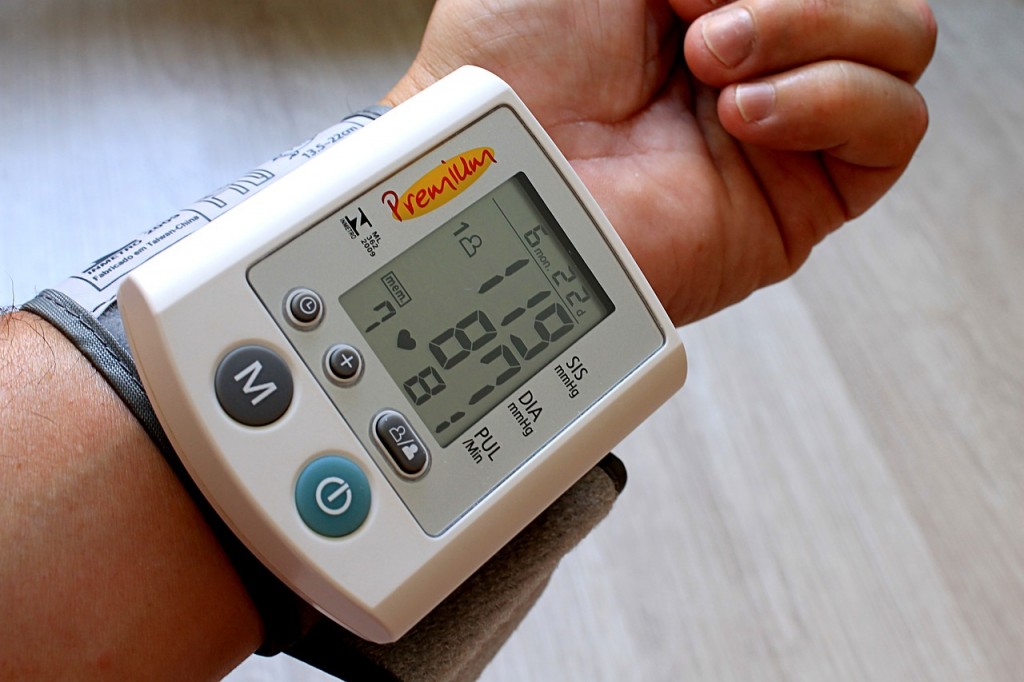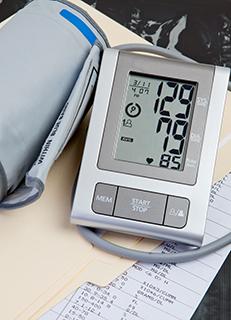August 2005 - Overweight children who can shed their puppy fat by age 14 can expect lower blood pressure, according to a University of Queensland study.
About 2794 children in Brisbane for the study had their blood pressure and body mass or fat index (weight in kilograms divided by height in metres square) recorded at age five then at 14.
Lead researcher, Dr Abdullah Al Mamun from UQ's School of Population Health found children who were overweight at both ages or at age 14, had average blood pressure rates as high as 117 mm Hg (millimetres mercury).
Dr Mamun found that the children who had normal body fat indexes or who had dropped to normal at age 14 from being overweight at age five, had lower blood pressure rates, down to 111 mm Hg.
He said this showed that being overweight at one time in childhood did not cause irreversible damage as children who had shed excess fat by age 14 could expect similar blood pressure to those who had maintained normal fat levels.
Continue Reading Below ↓↓↓
"This study suggests that slower weight gain in the general population of children is likely to reverse the increases in blood pressure associated with the obesity epidemic," Dr Mamun said.
Five-year-olds were classed as overweight if their body fat content measure was over 17kg/m2 and more than 22kg/m2 for 14-year-olds.
The children are part of one of the world's longest running health studies -- the Mater-University of Queensland Study of Pregnancy which has followed the progress of Brisbane mothers and their families since 1981.
These latest findings from the Mater study have been published in Hypertension, a monthly American journal.
Dr Mamun's paper was co-written, with Mater and University of Bristol researchers and fellow UQ researcher and Mater Study founder, Professor Jake Najman.
The Mater Study was started in 1981 by Professor Najman as a health and social study of 7223 pregnant women.
Researchers have followed the children's growth over the decades and study was widened to include prenatal, postnatal, childhood and adolescent periods of the child with those babies now in their early 20s.
Source: Research Australia









